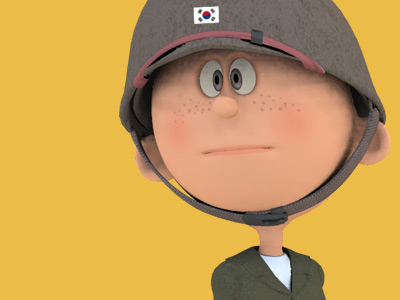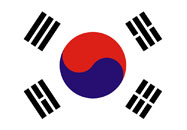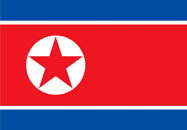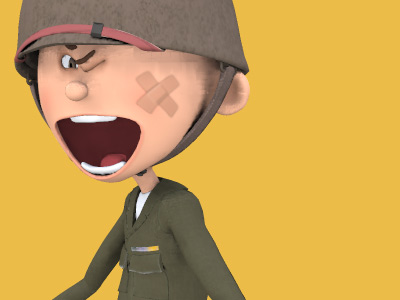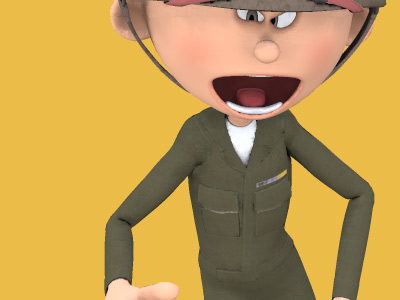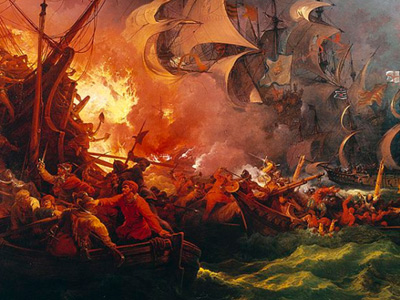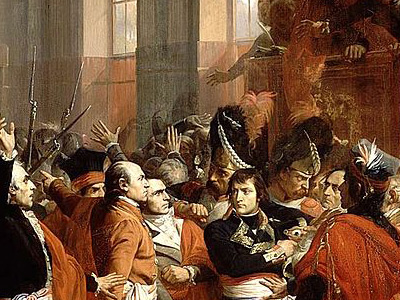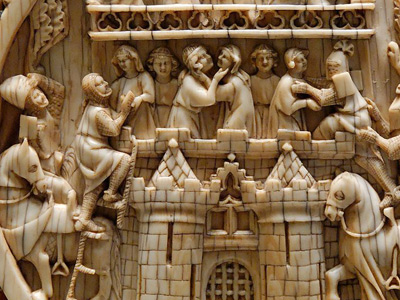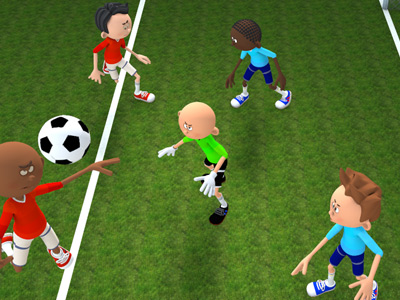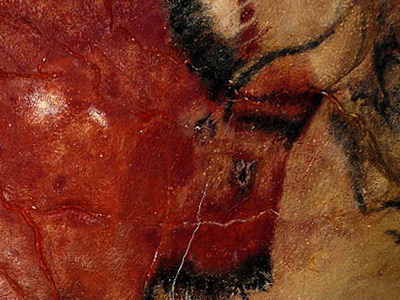Korean War 한국전쟁 (1950-1953)
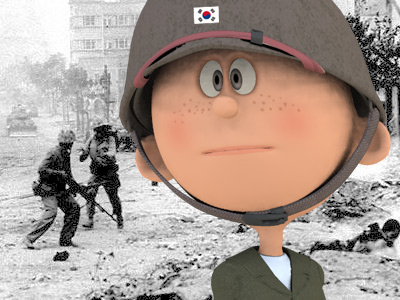
Armistice (July 1953 – November 1954)
The on-again, off-again armistice negotiations continued for two years, first at Kaesong, on the border between North and South Korea, and then at the neighbouring village of Panmunjom. A major, problematic negotiation point was prisoner of war (POW) repatriation. The PVA, KPA, and UN Command could not agree on a system of repatriation because many PVA and KPA soldiers refused to be repatriated back to the north, which was unacceptable to the Chinese and North Koreans. In the final armistice agreement, signed on 27 July 1953, a Neutral Nations Repatriation Commission, under the chairman Indian General K. S. Thimayya, was set up to handle the matter.
In 1952, the United States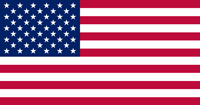 The United States of America (U.S.A. or USA), commonly known as the United States (U.S. or US) or America, is a country in North America. It is the world's third-largest country by both land and total area. The United States shares land borders with Canada to its north and with Mexico to its south. The national capital is Washington, D.C., and the most populous city and financial center is New York City. elected a new president, and on 29 November 1952, the president-elect, Dwight D. Eisenhower, went to Korea to learn what might end the Korean War. With the United Nations (UN)
The United States of America (U.S.A. or USA), commonly known as the United States (U.S. or US) or America, is a country in North America. It is the world's third-largest country by both land and total area. The United States shares land borders with Canada to its north and with Mexico to its south. The national capital is Washington, D.C., and the most populous city and financial center is New York City. elected a new president, and on 29 November 1952, the president-elect, Dwight D. Eisenhower, went to Korea to learn what might end the Korean War. With the United Nations (UN)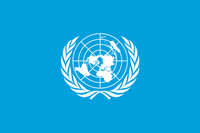 United Nations (UN) is an intergovernmental organization whose stated purposes are to maintain international peace and security, develop friendly relations among nations, achieve international cooperation, and be a centre for harmonizing the actions of nations. The UN was established after World War II with the aim of preventing future world wars, succeeding the League of Nations, which was characterized as ineffective. acceptance of India's proposed Korean War armistice, the KPA, the PVA, and the UN Command ceased fire with the battle line approximately at the 38th parallel. Upon agreeing to the armistice, the belligerents established the Korean Demilitarized Zone (DMZ), which has since been patrolled by the KPA and ROKA, United States, and Joint UN Commands.
United Nations (UN) is an intergovernmental organization whose stated purposes are to maintain international peace and security, develop friendly relations among nations, achieve international cooperation, and be a centre for harmonizing the actions of nations. The UN was established after World War II with the aim of preventing future world wars, succeeding the League of Nations, which was characterized as ineffective. acceptance of India's proposed Korean War armistice, the KPA, the PVA, and the UN Command ceased fire with the battle line approximately at the 38th parallel. Upon agreeing to the armistice, the belligerents established the Korean Demilitarized Zone (DMZ), which has since been patrolled by the KPA and ROKA, United States, and Joint UN Commands.
The Demilitarized Zone runs northeast of the 38th parallel; to the south, it travels west. The old Korean capital city of Kaesong, site of the armistice negotiations, originally was in pre-war South Korea, but now is part of North Korea North Korea, officially the Democratic People's Republic of Korea (DPRK) is a country in East Asia, in the northern part of the Korean Peninsula. The capital and largest city is Pyongyang. The Korean Demilitarized Zone marks the boundary between North Korea and South Korea. The legitimacy of this border is not accepted by either side, as both states claim to be the legitimate government of the entire peninsula.. The United Nations Command, supported by the United States, the North Korean People's Army, and the Chinese People's Volunteers, signed the Armistice Agreement on 27 July 1953 to end the fighting. The Armistice also called upon the governments of South Korea
North Korea, officially the Democratic People's Republic of Korea (DPRK) is a country in East Asia, in the northern part of the Korean Peninsula. The capital and largest city is Pyongyang. The Korean Demilitarized Zone marks the boundary between North Korea and South Korea. The legitimacy of this border is not accepted by either side, as both states claim to be the legitimate government of the entire peninsula.. The United Nations Command, supported by the United States, the North Korean People's Army, and the Chinese People's Volunteers, signed the Armistice Agreement on 27 July 1953 to end the fighting. The Armistice also called upon the governments of South Korea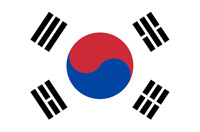 South Korea officially the Republic of Korea (ROK), is a country in East Asia, constituting the southern part of the Korean Peninsula and sharing a land border with North Korea. Since the 21st century, South Korea has been renowned for its globally influential pop culture, particularly in music (K-pop), TV dramas (K-dramas) and cinema, a phenomenon referred to as the Korean wave. , North Korea, China and the United States to participate in continued peace talks. The war is considered to have ended at this point, even though there was no peace treaty. North Korea nevertheless claims that it won the Korean War.
South Korea officially the Republic of Korea (ROK), is a country in East Asia, constituting the southern part of the Korean Peninsula and sharing a land border with North Korea. Since the 21st century, South Korea has been renowned for its globally influential pop culture, particularly in music (K-pop), TV dramas (K-dramas) and cinema, a phenomenon referred to as the Korean wave. , North Korea, China and the United States to participate in continued peace talks. The war is considered to have ended at this point, even though there was no peace treaty. North Korea nevertheless claims that it won the Korean War.
After the war, Operation Glory was conducted from July to November 1954, to allow combatant countries to exchange their dead. The remains of 4,167 U.S. Army and U.S. Marine Corps dead were exchanged for 13,528 KPA and PVA dead, and 546 civilians dead in UN prisoner-of-war camps were delivered to the South Korean government. After Operation Glory, 416 Korean War unknown soldiers were buried in the National Memorial Cemetery of the Pacific (The Punchbowl), on the island of Oahu, Hawaii. Defense Prisoner of War/Missing Personnel Office (DPMO) records indicate that the PRC and the DPRK transmitted 1,394 names, of which 858 were correct. From 4,167 containers of returned remains, forensic examination identified 4,219 individuals. Of these, 2,944 were identified as American, and all but 416 were identified by name. From 1996 to 2006, the DPRK recovered 220 remains near the Sino-Korean border.
HISTORY
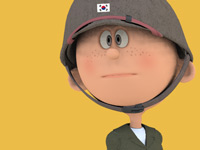
RESOURCES
This article uses material from the Wikipedia article "Korean War", which is released under the Creative Commons Attribution-Share-Alike License 3.0.
© Stories Preschool. All Rights Reserved.
